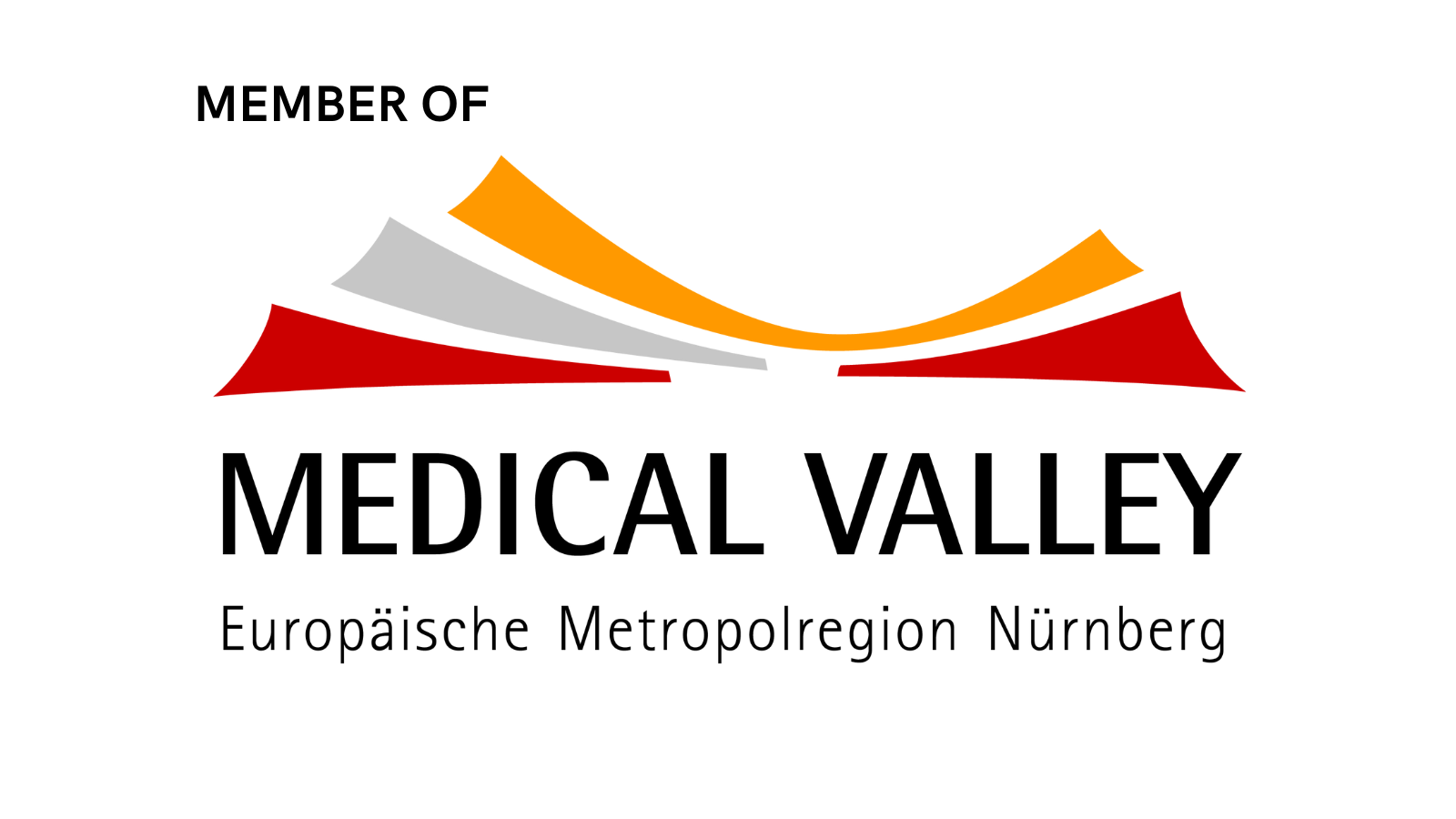Intended Use and Indication for Use in Chinese Registration of Medical Devices
1. International Definitions
Across international regulatory frameworks, two key terms help define a medical device’s scope and safe application:
- Instructions for Use (IFU): Information provided by the manufacturer to inform the device user of the device’s intended purpose, correct operation, and necessary precautions.
- Intended Purpose (Intended Use): The use for which the device is designed, as indicated by the manufacturer in labeling, IFU, and promotional materials.
These definitions are harmonized in global regulatory standards (e.g., ISO 13485, MDR in the EU) and form the foundation for technical documentation.
2. Chinese Regulatory Requirements
Under China’s Medical Device Registration Technical Review Guidance (CH2.5), the concepts of “预期用途 (intended use)” and “适用范围 (indication for use)” are addressed in detail.
CH2.5.1 适用范围 (Scope of Application)
Manufacturers must clearly describe:
- Therapeutic/diagnostic function and relevant medical process (e.g., IVD, rehabilitation, contraception, disinfection).
- Targeted disease/condition for diagnosis, treatment, prevention, alleviation, or cure.
- Monitoring parameters and related considerations.
- Intended user qualifications (skills/knowledge/training).
- Single-use vs. reusable characteristics.
- Combination with other products needed for intended use.
In addition, target patient population must be specified (e.g., adults, neonates, children, or general populations) along with relevant inclusion criteria and monitored parameters.
CH2.5.2 预期使用环境 (Intended Use Environment/Installation Requirements)
Documentation should identify the intended location (hospital, lab, ambulance, home, etc.) and environmental conditions (temperature, humidity, pressure, vibration, altitude) that may impact performance.
CH2.5.3 儿童使用相关说明 (Use in Children)
If neonates, infants, or children are among the target population, specific usage and clinical context must be described.
CH2.5.4 使用禁忌证 (Contraindications)
Where applicable, contraindications should be included, particularly for vulnerable groups (e.g., elderly, pregnant women, patients with renal/hepatic impairment).
(Reference: AnyTesting article)
3. Practical Considerations for Manufacturers
In practice, China requires submission of both intended use and scope of application, which overlap with the internationally understood concept of “indication for use.”
- Indication for Use in China (Chapter 1.4 of product certificate): This section effectively carries the same meaning as intended use.
- Wording Advantage: If a manufacturer wants to emphasize specific claims in “indication for use,” these must align with Chapter 1.4, since regulators consider them interchangeable.
4. Take-Home Message
The terms intended use and indication for use are closely related internationally and in China. In Chinese device registration, indication for use (Chapter 1.4) is essentially treated as intended use. To avoid confusion and potential regulatory rejection, manufacturers should carefully align the language across all documents—labeling, IFU, promotional materials, and technical files.
👉 If a manufacturer wishes to highlight specific claims under “indication for use,” they must adapt them consistently to Chapter 1.4 of the product certificate.





